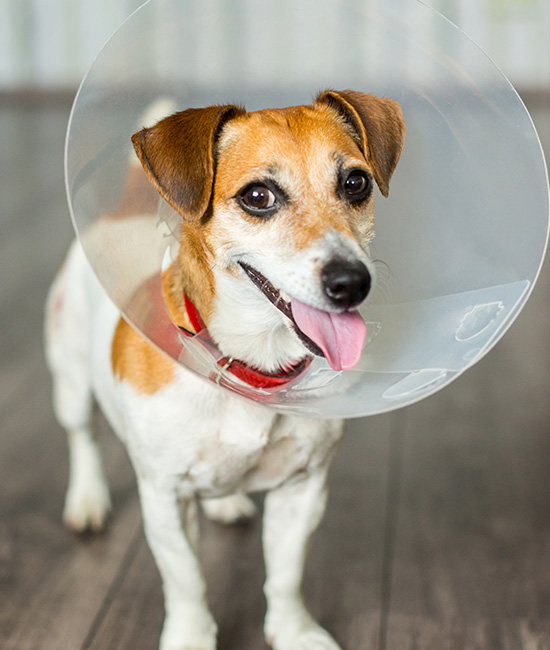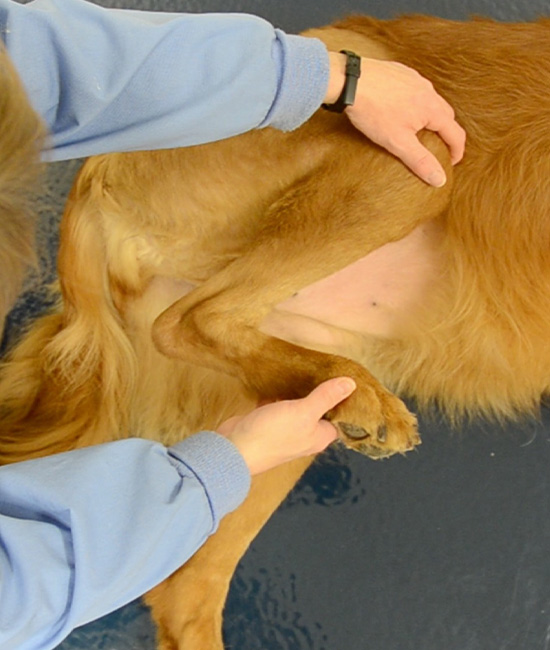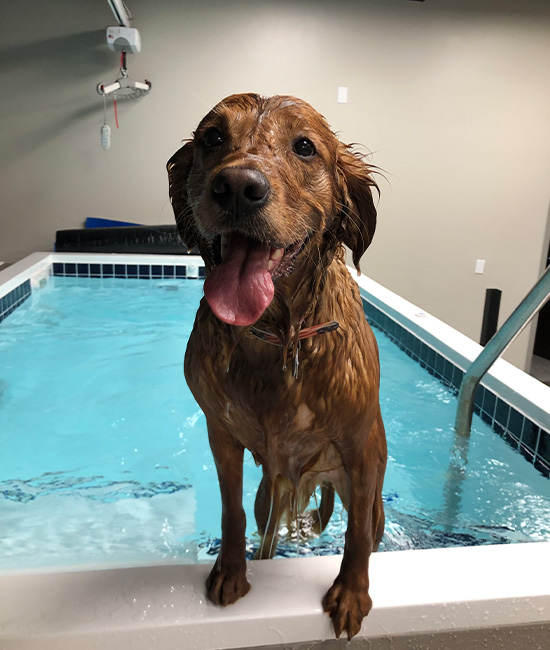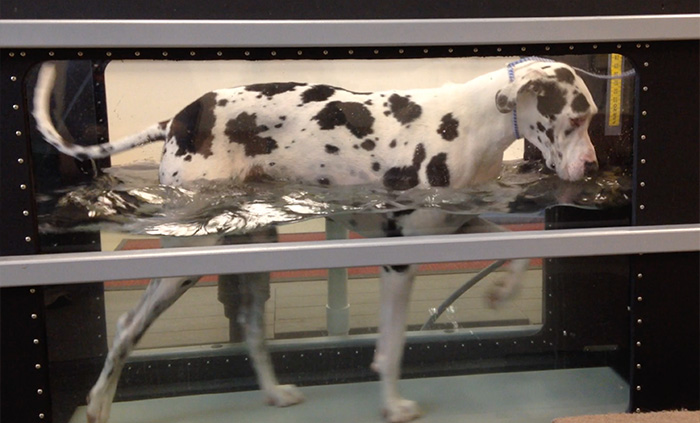Medications
- Non-steroidal anti-inflammatory drugs (NSAIDs): Most pets will be sent home with a 2 week course of an NSAID, such as carprofen or meloxicam. This class of medications helps to reduce inflammation at the surgical site and also act as a pain reliever.
- Gabapentin: This medication provides pain relief through a different mechanism than NSAIDs and may cause sedation. It is usually prescribed for 2 weeks as well.
- Trazodone: This medication will help keep your pet calm and quiet during the recovery process and will make it easier for both you and your pet to adhere to the exercise restrictions. This medication may be needed for the full recovery period!
- Antibiotics: Occasionally, antibiotics are prescribed postoperatively in an effort to minimize the risk of surgical site infection.
- Non-steroidal anti-inflammatory drugs (NSAIDs): Most pets will be sent home with a 2 week course of an NSAID, such as carprofen or meloxicam. This class of medications helps to reduce inflammation at the surgical site and also act as a pain reliever.
- Gabapentin: This medication provides pain relief through a different mechanism than NSAIDs and may cause sedation. It is usually prescribed for 2 weeks as well.
- Trazodone: This medication will help keep your pet calm and quiet during the recovery process and will make it easier for both you and your pet to adhere to the exercise restrictions. This medication may be needed for the full recovery period!
- Antibiotics: Occasionally, antibiotics are prescribed postoperatively in an effort to minimize the risk of surgical site infection.
Week 1-2
Leash walks for urination and defecation purposes only – no longer than 5 minutes each up to four times a day. All leash walks should be slow enough to encourage your pet to place his foot with each step. Please use a sling, towel, or Help-em-Up Harness for support when walking on slick surfaces or if stairs must be used to go outside.
Weeks 3+
In addition to leash walks to urinate and defecate, 2-3 additional leash walks are allowed. Please start these leash walks with 5 minutes of “active walking” and gradually increase the length of the leash walk by 5 minutes each week up until the 8 week recheck. “Active walking” time means actual walking time, not “stopping and sniffing time.” All other restrictions apply. If at any point your pet begins to demonstrate signs of lameness, soreness, or becomes uncomfortable following walks, please decrease duration or frequency of the walks.
Excessive activity may result in implant failure, delayed bone healing and other healing complications. If your pet suddenly stops using the leg, or seems painful, please contact Midwest Veterinary Specialists for recommendations.
Recovery Weeks 1 & 2
Recovery Weeks 3 & 4
The following adjustments are made during weeks three and four:
- Increase leash walks by 5 minutes sessions each week.
- PROM can be reduced in frequency
- Continue ice therapy as needed if your pet seems sore after walking or exercise.
- We recommend scheduling an appointment with our Rehabilitation Service at Midwest Veterinary Specialists around this time point. Based on your pet’s progress, additional exercises may be recommended including:
- Walking your dog in a large figure-eight pattern
- Having your dog step slowly on and off of a curb in an S-pattern
- Walking on gentle inclines
- Weight shifting: When your dog is standing, gently nudge the hips from side to side
- Sit-to-stand: Similar to squats, have your dog nearly sit down and then stand up
- Leg lifts: When your dog is standing, lift one of the non-surgical legs off the ground at a time for 10 to 15 seconds. Underwater treadmill therapy may begin at this time.
- Continue to restrict all off-leash activity.
Recovery Weeks 3 & 4
The following adjustments are made during weeks three and four:
- Increase leash walks by 5 minutes sessions each week.
- PROM can be reduced in frequency
- Continue ice therapy as needed if your pet seems sore after walking or exercise.
- We recommend scheduling an appointment with our Rehabilitation Service at Midwest Veterinary Specialists around this time point. Based on your pet’s progress, additional exercises may be recommended including:
- Walking your dog in a large figure-eight pattern
- Having your dog step slowly on and off of a curb in an S-pattern
- Walking on gentle inclines
- Weight shifting: When your dog is standing, gently nudge the hips from side to side
- Sit-to-stand: Similar to squats, have your dog nearly sit down and then stand up
- Leg lifts: When your dog is standing, lift one of the non-surgical legs off the ground at a time for 10 to 15 seconds. Underwater treadmill therapy may begin at this time.
- Continue to restrict all off-leash activity.






